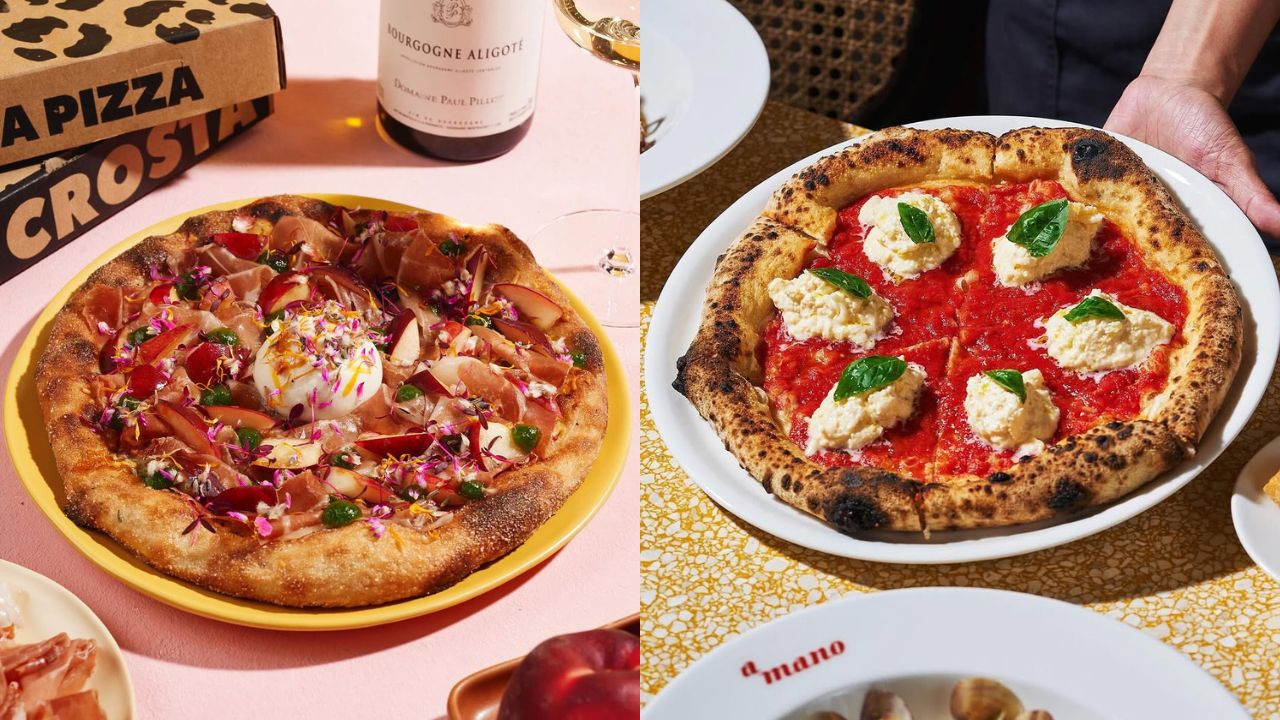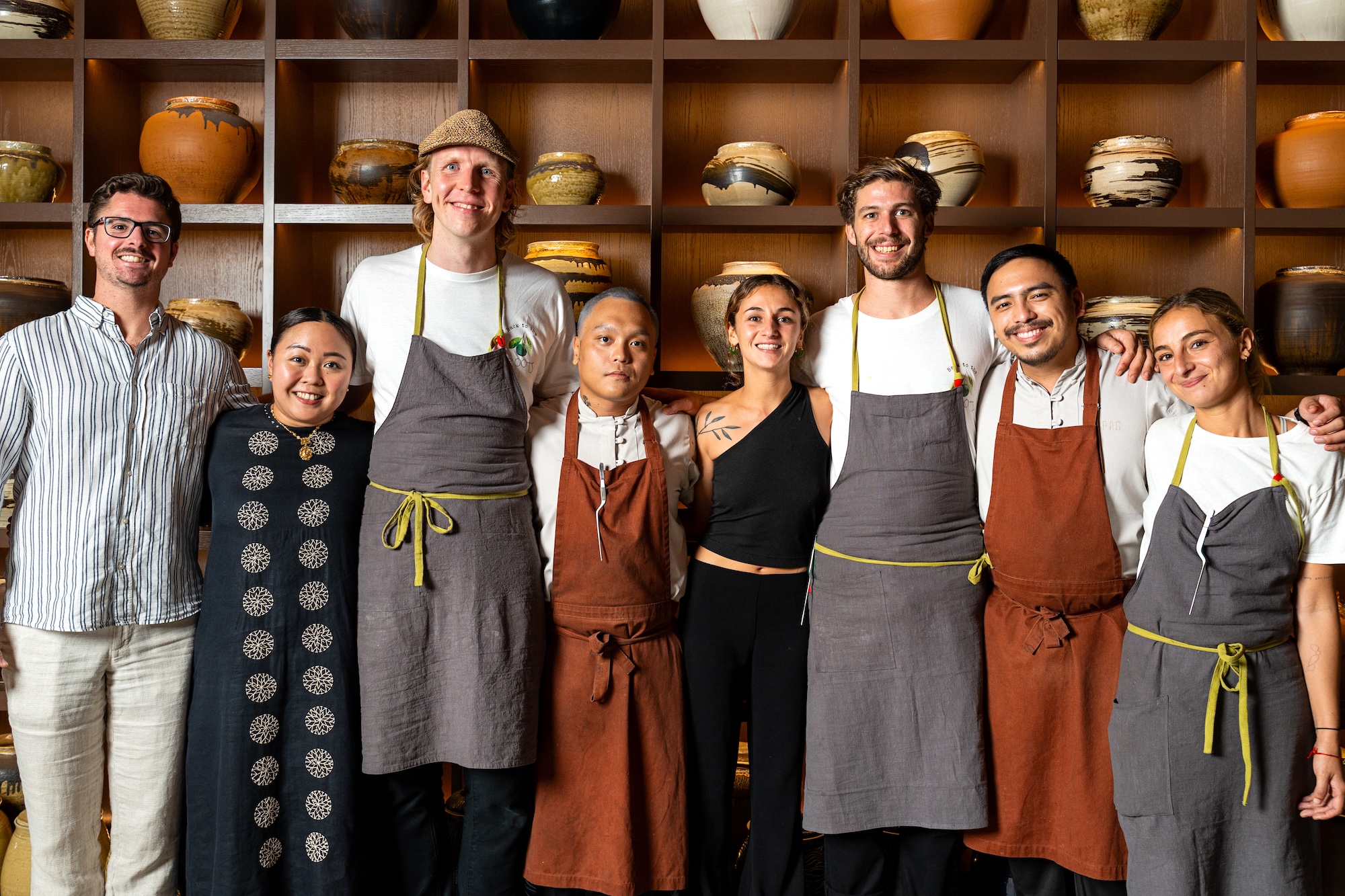Consider the craft ethos and try to fault it: production with a focus on quality and a disregard for quantity.
There’s not much to say, except maybe a bit of doubt could be directed at its longevity as an enterprise in the face of industrialization. But despite mass production being the default state in food and beverage, the craft beverage industry remains an anomaly in that not only has it sustained itself but it has also managed to grow at an impressive rate.
In Southeast Asia, the craft beer industry alone is valued at about $134 million and is predicted to reach $400 million by the end of 2021. It’s not a surprising number if you are acquainted with certain facts, most important of which is that the Southeast Asian brewing scene, according to a 2018 report by Evolve Beverages Pte Ltd, is currently dominated by small, often independently-owned craft breweries for whom production is less about volume than it is overall quality.
This approach has evidently allowed for craft beer’s steady ascent in the region in the past three years. Two major growth contributors? Vietnam and the Philippines. Two countries whose affinity for commercial beers has partly translated into a liking for more complex brews, giving way to an influx of new microbrewing operations.
Given the current landscape of beverage retail where personalization and a penchant for all things artisanal are aggressively commodified, and consumers now more than ever have the power to dictate market conditions, craft beverage entrepreneurs would be remiss not to use this openness to and appreciation for the non-conventional beer to their advantage.
To get a better sense of the magnitude of this growth, consider the local craft beer scene: It was reported at the 2018 Southeast Asian Brew convention that since it began in 2010, the Philippine craft beer industry has been growing at a rate of 200 percent. Currently, there are about 60 brewers nationwide (there were only two in 2010) producing about 300 varieties of craft beer.
So here’s a question: If Philippine craft beer has the capacity to grow at such a pace, and if the demand for beer has dispersed towards relatively underserved market segments, then is it only a matter of time before craft beer becomes an equal rival to commercial beer?
Philippine craft breweries, although not at all averse to expanding their drinkership, would likely point out that they’re working on almost entirely different terms, with different overarching goals and philosophies and material. Industrial beer thrives on volume—that’s how they stay alive. But for craft beer to remain a mainstay in the brewing landscape, there’s a need to stay committed to to quality over quantity.
We brew the beers we want to see in this world
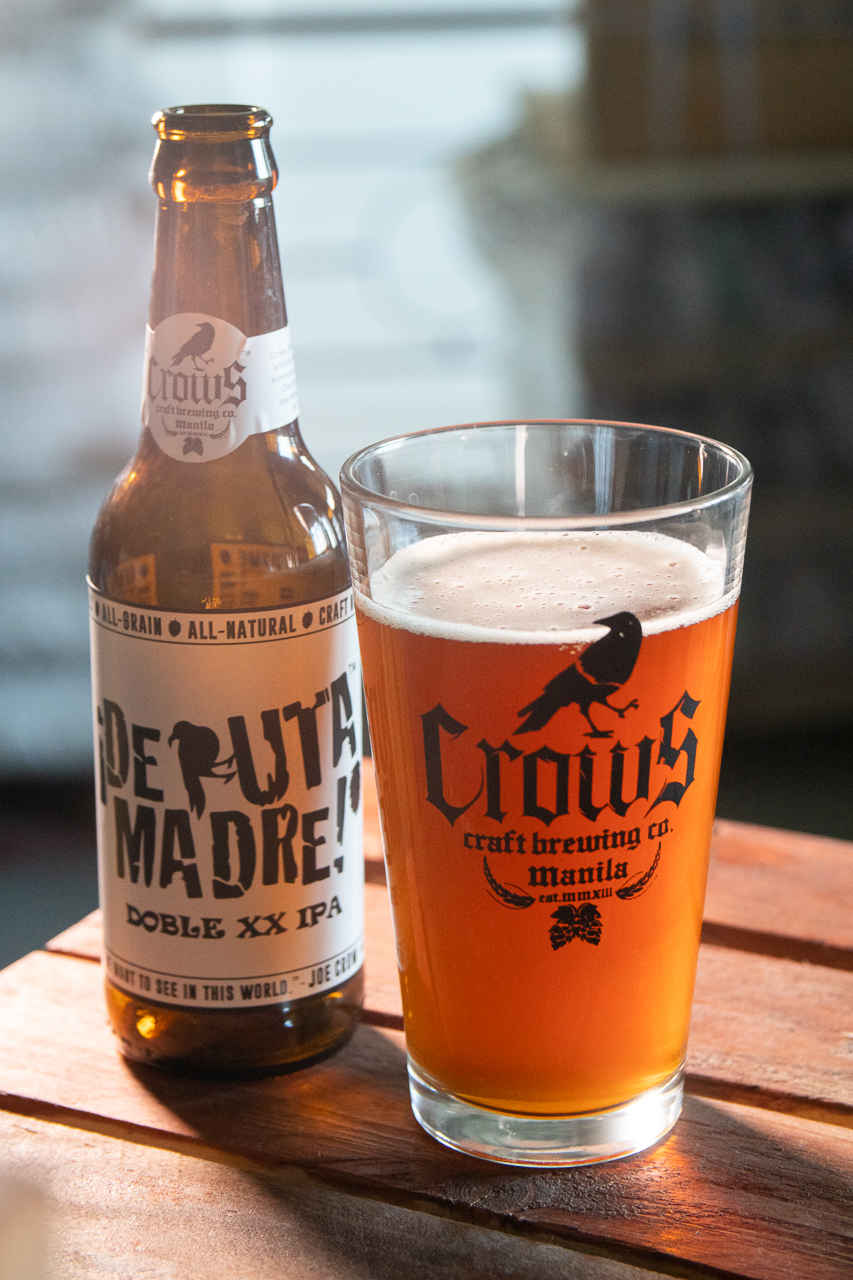
There are Filipino-made craft beers that go by the name of De Puta Madre, extremely hoppy double IPAs with an ABV of eight percent. A simple black-and-white label donning the phrase “We brew the beers we want to see in this world – Joe Crow” covers the beer bottle, the contents of which have amassed a kind of following among both casual beer fans and craft beer connoisseurs. But focus on the name Joe Crow: It’s the English translation of the name Jose Cuervo (full name: Josemari Cuervo), who is the founder of Craft Crows, the brewery responsible for De Puta Madre.
When the local craft beer scene reached commercial peak sometime in 2012, Cuervo was experimenting with a homebrewing kit. In his home kitchen was a respectable setup consisting of a five-gallon fermenter, a brew kettle, and then eventually, a 19-meter keg. The trajectory of Cuervo’s home experiments is typical of many craft breweries: Family and friends first try out the beers, after which new recipes are developed, then the brewery is formally incorporated (Crows was incorporated in 2013), and eventually small batches are sold to fellow brewers and/or distributed to the public via tap rooms and a few bars and restaurants.
That the tight-knit, almost insular—not in the disparaging sense since craft brewers are, if anything, fans of each other and of craft beer in general—conditions and principles under which these craft beverages are created remain intact even after production is not at all incidental. Which is to say there’s absolutely nothing unintentional in the way Cuervo and his peers run their businesses. The DIY, artisanal approach is as fundamental to the quality of the beers as it is to the ways through which they’re presented to the public.
“When something is too big, things get out of control, the soul disappears. The passion and concept disappear, and so I want to launch these products while making sure that I’m very much involved. You have to be involved with everything, you have to make sure your passion is seen through the products you do. I want to make sure I’m never detached,” says Cuervo.
The company has since added to its line of products craft whisky, brandy, and gin while keeping its roots intact. Crows Craft Brewery and Distillery Co. began distilling gin when Cuervo decided to research about gin after learning that, contrary to his first experience, gin was actually complex and naturally lent itself to experimentation. To Cuervo, what the latter meant was an opportunity to “Filipinize” the spirit. “Gin is about the botanicals. The Philippines has so many wonderful citrus fruits and flora, and so I thought why not develop a Philippine gin that is fragrant and can be bought anywhere in the world? Yes we have Filipino-made gin, but it’s not craft gin.”
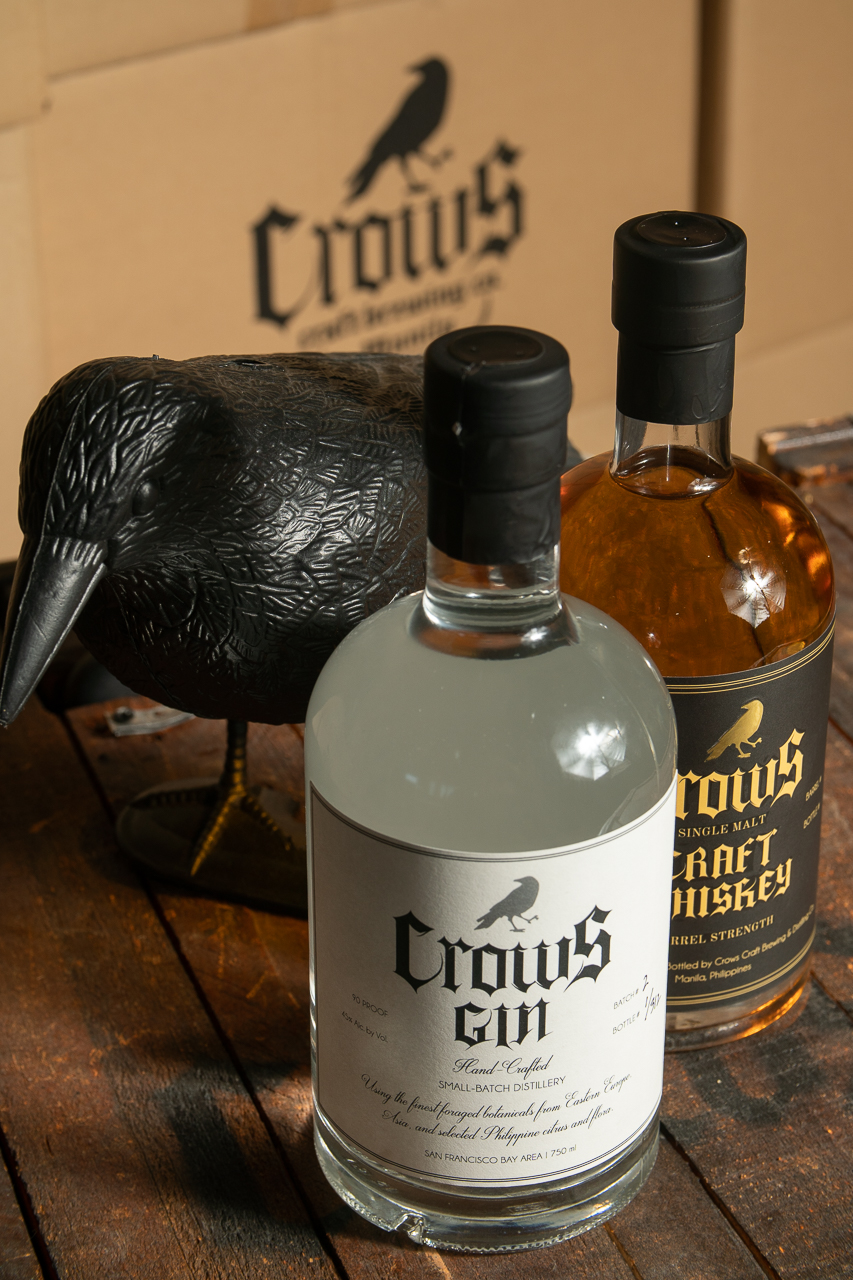
After a long process of trial and error that yielded unfortunate, “turpentine-tasting” batches of gin, and then firsthand lessons with a master distiller in San Francisco, in 2017 Cuervo managed to translate his vision of the first Philippine craft gin into a nice, drinkable synthesis of 23 botanicals that include dalandan and kalamansi peels, siling labuyo, pandan, lavender, cinnamon, and anise. Crows only produces 300 bottles per batch, each of which is individually numbered by hand.
While brewing and distilling are two distinct disciplines, each with their own specific rules and varying degrees of sensitivity to their environments, when he decided to produce gin (and then eventually, whisky and brandy), Cuervo was making a similar point to that of his homebrewing days. Crows’ craft whisky, gin, and brandy follow a similar trajectory as that of its flagship beer and the beers that followed it: low-volume production. “We start out with 200 liters. When we finish distilling, we only have 20 liters left, that’s roughly 20 bottles of whisky.” It’s all deliberate of course—the company’s official hashtag is #NotForEveryone.

What’s next for Cuervo and the few other people behind Crows is to keep doing what they do without any pressure to make changes in the way they do things. Meaning, there’s no plan to significantly expand operations or tweak their business model that will affect their brand DNA in order to produce and sell more.
Craft and economies of scale
Now here’s the gross oversimplification: The craft model is intrinsically good in that it proves to be a mostly financially sustainable endeavor that doesn’t compromise artistic integrity. But what does that mean, exactly? And how does this model fare in the age of mass production? The industry numbers are promising from a macro perspective but even Cuervo himself says that the craft model “may not look good from a business standpoint.”
He’s not entirely wrong. Despite the numbers, if you put the craft model side by side with bigger operations, it’s clear that the former has a very slim chance of catching up, in part because it fails to maximize economies of scale (cost reductions that arise from increased production since costs are distributed to more goods) as it doesn’t allot its earnings to scaling up.
So here’s a question: If Philippine craft beer has the capacity to grow at such a pace, and if the demand for beer has dispersed towards relatively underserved market segments, then is it only a matter of time before craft beer becomes an equal rival to commercial beer?
So here’s a question: If Philippine craft beer has the capacity to grow at such a pace, and if the demand for beer has dispersed towards relatively underserved market segments, then is it only a matter of time before craft beer becomes an equal rival to commercial beer?
Not that they’re keen to do so anytime soon—craft beverage companies tend to invest in things like better salaries, the construction of tasting rooms, R&D, or in the case of Crows, in the expansion of their product line.
“We have a limited amount we can produce with our equipment and we plan to stay that way.”
Small breweries like Crows operate at a scale that’s consistent with their goals. They could be making more money, but in a way, they choose not to. It’s definitely not good business if your definition of good business is limited to profit. “People will know what you’re about. If you’re just after money, it’s going to be obvious.”
Some notes on the local craft beer industry
With a different definition of good business and different goals and ambitions come an almost entirely different set of challenges. At the media conference for Resorts World Manila’s October Fiesta, local brewers gathered to talk about the current state of the local craft beer scene, touching on the major challenges the industry is facing.
Nadine Fanlo of Pedro Brewcrafters brought up an issue that many breweries seemed to be struggling with. “Speaking for our brewery, the biggest roadblock is shelf stability… since you want your consumer to be able to drink your beer as you designed it to [be drank]. But unfortunately, that’s the nature of beer—it’s fresh. For it to withstand elements like heat you need to put it through processes that would compromise the quality of the beer. ”
Fixing the shelf stability issue takes pasteurization (many commercial beers are pasteurized so they can last for up to a year or more; unpasteurized craft beer has a shelf life of 120 to 180 days), but, as Fanlo says, doing so would eliminate the flavors that make craft beer “really interesting.”
In terms of industry growth, there isn’t a lot to worry about since the Philippines remains one of the leading craft beer markets. According to SEA Brew, the country has the most number of brewers in Southeast Asia, and this number will continue to grow. It also helps that the Philippines’ annual average beer consumption is 20 liters per person. As for overall regional revenue, sales, and production volume, the country is just behind Vietnam. How are they outselling us?
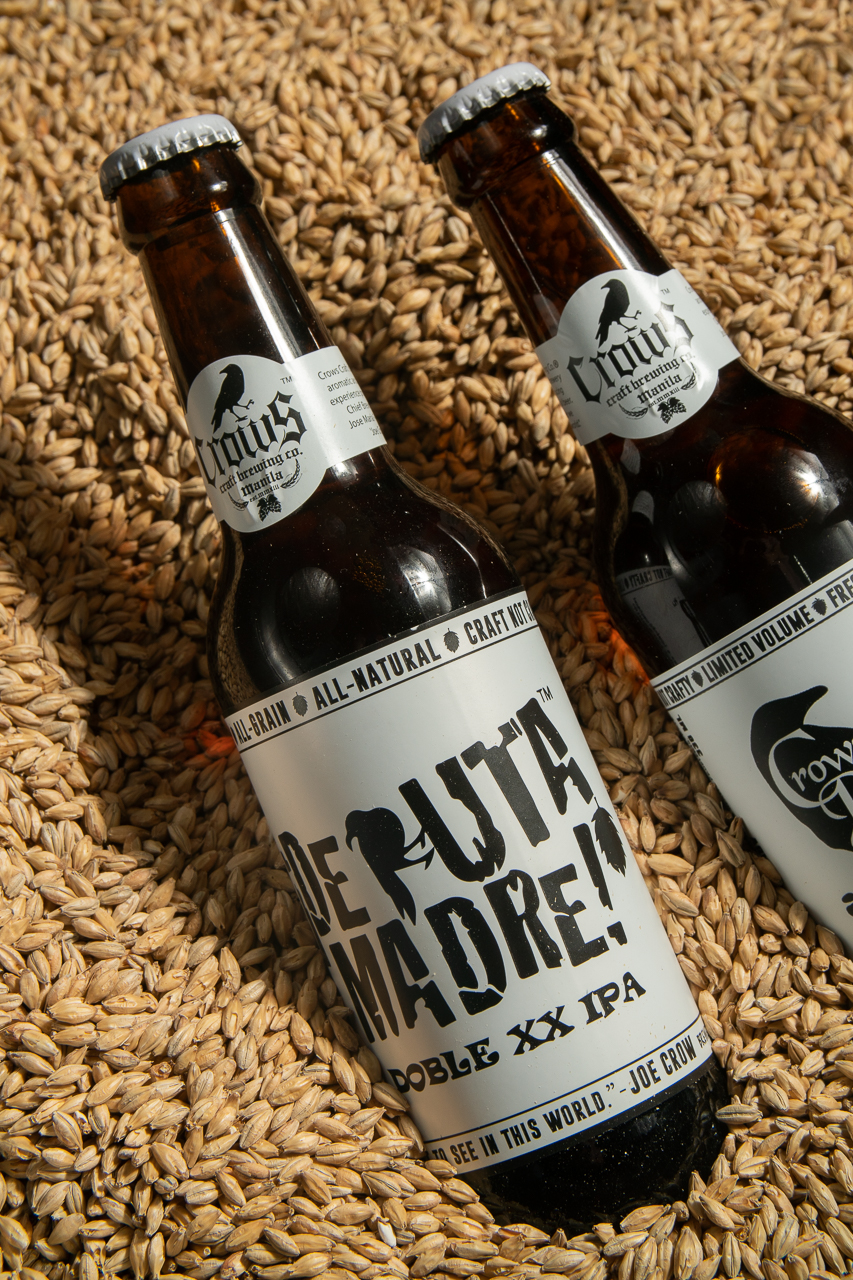
Erika Aquino of The Cebruery says this is because many of the brewers in Vietnam “really study brewing,” with most of them originally hailing from the US and Australia, countries whose craft beer histories go way back. “Here in the Philippines most of the brewers are locals. We start as homebrewers and then we decided to become entrepreneurs. [As for beer drinkers], many don’t even know that these numbers exist.”
While it’s going to take some more time before local craft beer reaches near ubiquity nationwide, it’s worth mentioning that the scene is currently heading in the right direction, thanks to not just the producers but also the consumers. “It’s more important for us to have all of us get known by the public versus trying to tear each other down. All we’re trying to do is provide Filipinos with better tasting options for beer,” says Fred Calope of Boondocks Brewing Company.
According to Jaime Paraiso of the Philippine Craft Kings, the Filipino beer palate has been changing. If years ago the number one craft beer in terms of sales was wheat, and then with more and more drinkers gradually shifting to lighter, sweeter beers, now the most saleable segment consists of pilsners, lagers, and juicy IPAs.
It’s good news, but given the current landscape of beverage retail (and of the food industry in general) where personalization and a penchant for all things artisanal are aggressively commodified, and consumers now more than ever have the power to dictate market conditions, craft beverage entrepreneurs would be remiss not to use this openness to and appreciation for the non-conventional beer to their advantage.
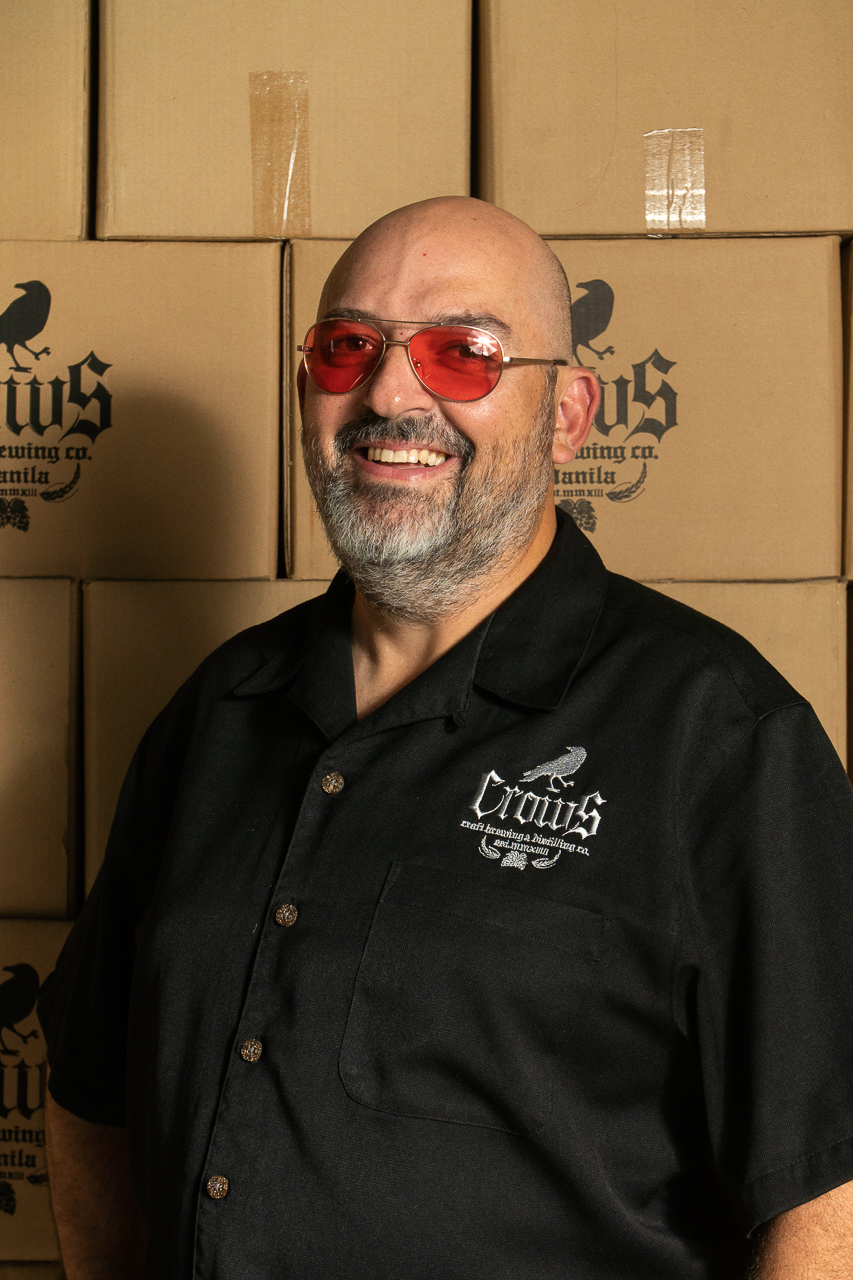
Crows is one of the many local craft beverage companies that have been doing the good (and rigorous) work of bringing Filipino craft and ingenuity to the forefront of the beverage industry. Staying true to the craft ethos to which Crows and the dozens of other craft brewers and distillers subscribe, to this day Cuervo finds reason and meaning in their individual creations, in every single hand-numbered bottle of gin. It’s fair and necessary to talk about business in broad strokes, but the craft beverage industry—held up as it is by teamwork and support among competitors—lives in the individual product.














